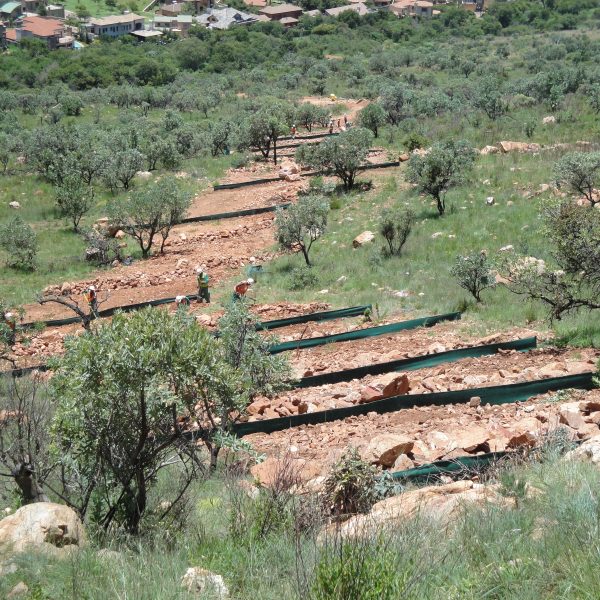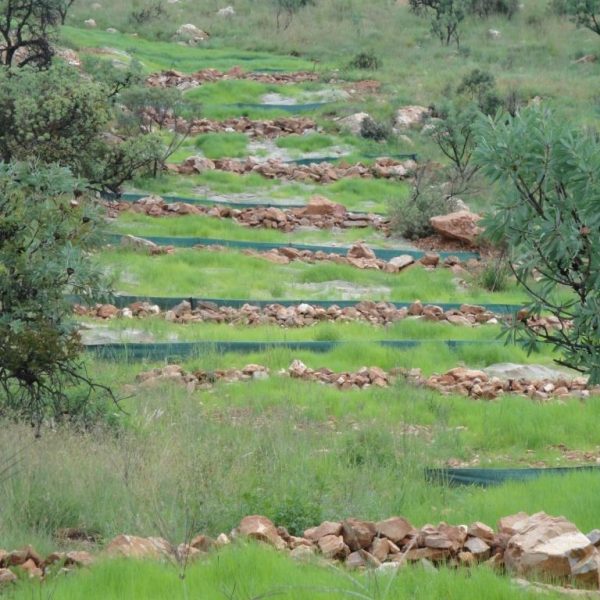Silt Fence
A silt fence is used extensively to mitigate surface water runoff on construction sites, filtering and trapping sediment on exposed surfaces, as well as preventing sedimentation in ecologically sensitive areas on Civil, Mining, and Water Conservancy projects. A silt fence is a woven, slit-film, Polypropylene (PP) geotextile used for filtration, separation and reinforcement applications due to its high tensile strength at relatively low elongations. Silt fence comes in three sizes, namely 500/600 or 800mm by 200m rolls. Silt fences are placed perpendicular to the flow of water and secured in place using suitable posts (wood or steel). Spacing between fences will vary according to geographic location, topography, soil types and surface water runoff.


What You Need To Know
A silt fence is a temporary sediment control device used on construction sites, slopes, and disturbed land to prevent soil erosion and keep sediment on-site during rain or runoff events. It’s a critical part of stormwater management and environmental compliance.
A silt fence is made of a permeable geotextile fabric attached to wooden or metal stakes, trenched into the ground. It slows water flow and traps sediment, while allowing water to pass through slowly.
1. Traps sediment from disturbed soil before it reaches storm drains, waterways, or roads
2. Reduces turbidity (muddy water) downstream, protecting aquatic habitats.
Silt fences are temporary barriers intended for retaining sediment and controlling erosion on construction sites. These fences are made out of synthetic filtration fabric, usually geo-textile filter fabric, woven together to create sheets of material that offer incredible strength and a good level of permeability. This enables water to flow through while preventing sediment from flowing downhill. Wooden or steel posts spaced at regular intervals are used to support the fabric. There are many different silt fence fabric options you can choose from, depending on your application. Your choice of sediment control material should depend on the kind of erosion, water, or sediment control that your site requires. Your standard options include but are not limited to the following



